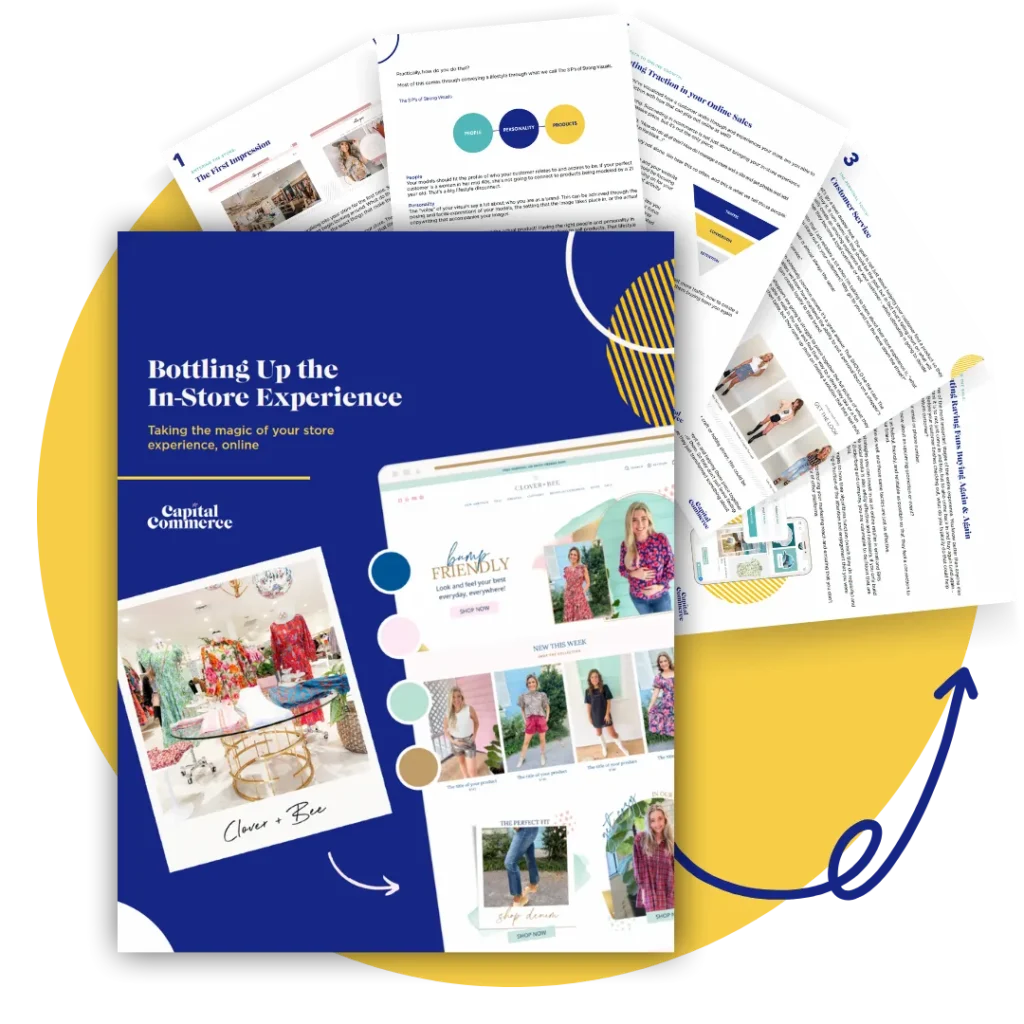We’re headed into one of the main buying seasons. Whether you fly to Paris or attend LA, NYC, Atlanta, Vegas, or (for most of our clients) the Dallas Market, going to market is such an important piece of the business and also one of the major perks of being in retail.
For both new and existing retailers, going to market is one of the most exciting and important events to attend. You get to see the newest trends, attend a bunch of great happy hours (Rose all day?), and make the super-important decisions about what you’re store is going to look like for that season.
But let’s be honest, going to market can feel overwhelming and daunting when you’re not prepared for it. In order to get the most out of going to market, it’s important to come equipped with a plan.
With this in mind, let’s look at how we can begin to develop a plan for going to market.
Identify Your Budget
Overbuying may be the death of independent retailers. Just like shopping for yourself, it can be easy to buy way too much and get caught up with the newest trends. It’s crucial that you create a realistic budget that will enable your business to grow. When developing your budget, you may want to look at some of the following factors:
- Historical sales for the time period you are buying for (Bonus: Look at how product categories have been trending during varies seasons and create predictions based on this data)
- Value and state of your current inventory
By examining historical sales, you are able to develop a rough forecast of what your sales will be.
This rough forecast can set expectations and define a general amount that you can be expected to spend.
Additionally, by evaluating the value and state of your current inventory you may identify overlap or gaps in stock quantities that will affect your overall budget defined through sales forecasting.
This might also give you a chance to add new items to your markdowns to create more room (physically in your store and financially in your bank) In evaluating these factors as well as others such as, your cash flow required for business operations, you can begin to prepare a general budget for spending at market.
Create a Buying Plan
Now that you have been able to develop a budget, you can begin to develop your buying strategy for market. This part of the process involves analyzing your sales data, evaluating external trends, finding items with slow turnover, and identify what categories and products sell the best in your business.
Yes, I know what you’re thinking, this sounds like a ton of fun! … or maybe it’s just me.
An Independent retailer’s greatest strength and asset is the ability to feel the trends in their business. Your gut feeling combined with analysis of your sales will allow you to create the perfect buying strategy that fits within your budget.
By having a great buying strategy your store can begin to focus on the items that sell well. Additionally, it allows you to customize your inventory to your client base so you can continue to bring in repeat customers.
Go to Market!
So, you’ve created a budget, identified products and categories of products to buy, and now the actual fun can happen!
By preparing a budget and a buying plan you can ease the stress of going to market. Your plan can help you minimize waste, expedite inventory turnover, and enhance your customer’s buying experience. So, let’s get to planning!




